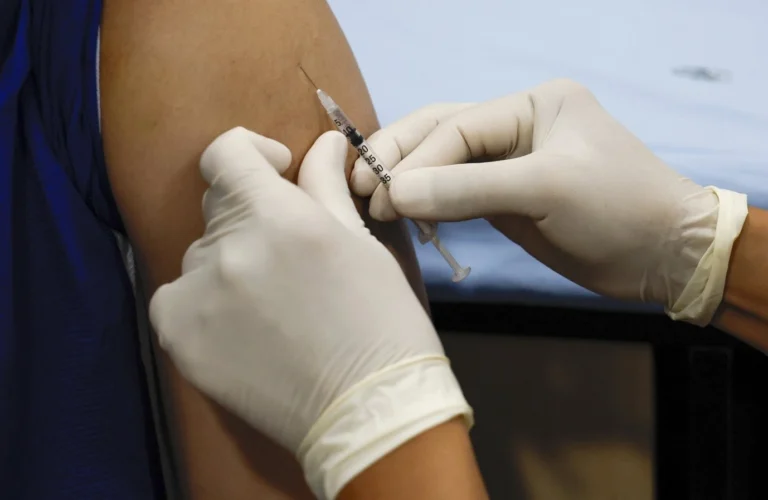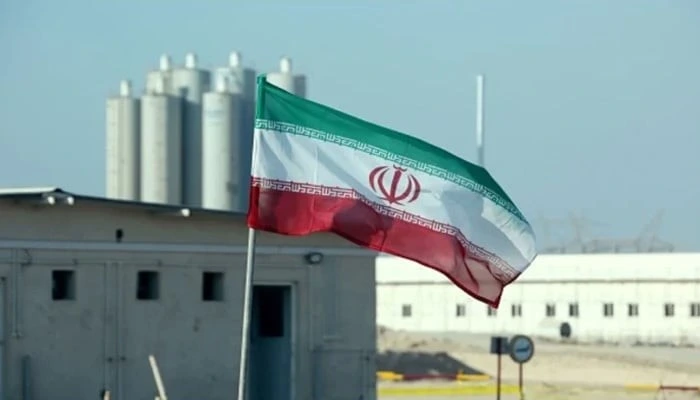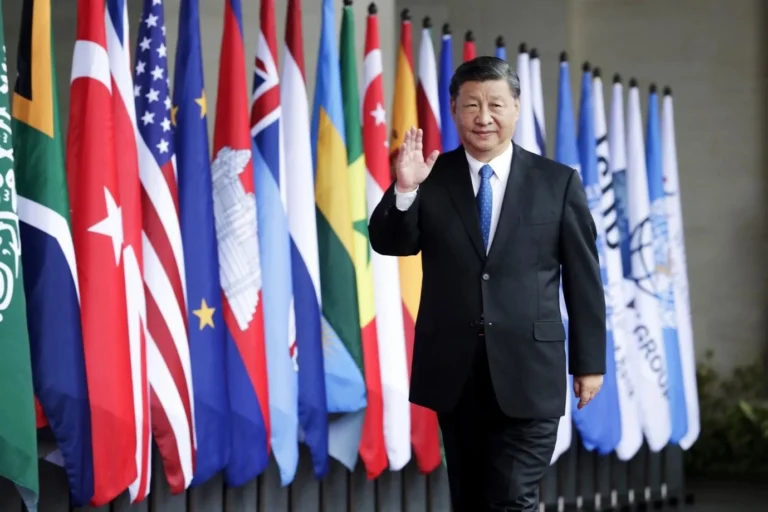Pakistan’s Textile Exports Rise Nearly 10% in Early FY2025-26

Pakistan’s Textile Exports Jump Nearly 10% in Early FY2025-26
Pakistan’s textile sector has kicked off the new fiscal year on a strong footing. In the first two months of FY2025-26 (July and August), textile exports brought in $3.203 billion, up 9.87% from the same stretch last year.
For a country where textiles are the backbone of exports, this is a significant lift.
Most of the momentum came from the value added side of the business. Knitwear, bedwear, garments, and cotton yarn did heavy lifting. These are the kinds of products that fetch higher returns compared to just shipping raw cotton or unfinished fabric.
US and European Orders Boost Pakistan Export Momentum
Knitwear stood out. Meanwhile, Orders from the US and Europe picked up, with Pakistan edging out some regional competitors in certain categories. Bedwear including sheets and comforters also performed well, and similarly as did readymade garments. Cotton yarn, which had seen choppy demand before, finally found buyers again, especially in China.
This tilt towards more finished, higher value goods has been building for years. It is a healthier long term trend, even if some traditional categories did not do as well.

Where things slowed down
Moreover, not all parts of the sector had good news to share. Exports of cotton cloth and canvas slipped. Buyers in key markets seem less interested in bulk, semi-finished goods and more focused on polished, ready to use products. Besides, another challenge is that Pakistani producers in these categories have not adapted as quickly to sustainability standards that big Western retailers now demand.
Additionally, there is a rise in higher energy costs at home and stiff competition from cheaper suppliers in South and Southeast Asia, and it is easy to see why these segments lost ground.
Outside textiles are mixed signals
If one zooms out from textiles, the export story looks uneven. Seafood exports surged 32% in the same two months, thanks to stronger demand in East Asia and improved compliance with European food safety rules. This is a rare win in non-textile exports.
But the food group dropped by 23%. Rice, wheat, and sugar shipments took the biggest hits, partly due to weaker international prices and partly because of supply side issues at home. So, this slide shows how fragile Pakistan’s export base still is. Also, with textiles doing all the heavy lifting, other sectors are not keeping up.
Why this matters for the economy
For Pakistan, a near 10% bump in textile earnings is not just a headline, but it is a lifeline. The country is juggling a tough external financing situation, and every extra dollar of export revenue helps keep the current account and currency a little more stable.
Furthermore, government incentives have played some role here. Concessional financing for exporters and support for industrial zones have helped certain manufacturers modernize equipment and expand capacity. But exporters still complain about high electricity and gas tariffs, inconsistent policymaking, and infrastructure bottlenecks. Thus, those headaches are not going away anytime soon.
The global backdrop
Part of Pakistan’s gain also comes from timing. Global demand for textiles and apparel is slowly recovering after a sluggish 2023, when inflation and weak consumer spending curbed imports in advanced economies. As buyers restock, suppliers like Pakistan are back in play.

Still, the competition is no joke. Bangladesh enjoys lower costs and preferential trade deals with the EU. Vietnam has its own web of free trade agreements that make it an attractive sourcing destination. Thus, if Pakistan wants to hold on to its gains, it will need to keep moving up the ladder with more technical textiles, stronger branding, and a real push into sustainable production.
The hurdles ahead
The risks are clear:
• Energy prices are climbing and squeezing margins.
• Exchange rate swings make it tough to plan ahead, even if a weaker rupee boosts dollar earnings in the short term.
• ESG standards are becoming non-negotiable for buyers, and Pakistan needs more investment in cleaner, greener production to stay in the game.
• Overreliance on a few markets is risky. The US and EU are crucial, but demand shocks there ripple straight into Pakistan’s economy. Hence, expanding into Africa, Latin America, and East Asia could help reduce the risk.

The numbers from July and August are encouraging. Pakistan’s textile exports are up by nearly 10%, driven by knitwear, garments, and bedwear, while weaker categories like cotton cloth are losing steam.
Non-textile exports remain patchy. Thus, seafood is booming, but food staples are slumping.If nothing else, these early results show the potential of Pakistan’s textile industry when conditions line up. But staying on this upward track will take more than short term gains. It will require consistent policies, investment in sustainability, and a bigger push into new markets. But for now, the sector is giving the economy much needed breathing space.
The views and opinions expressed in this article are exclusively those of the author and do not reflect the official stance, policies, or perspectives of the Platform.











